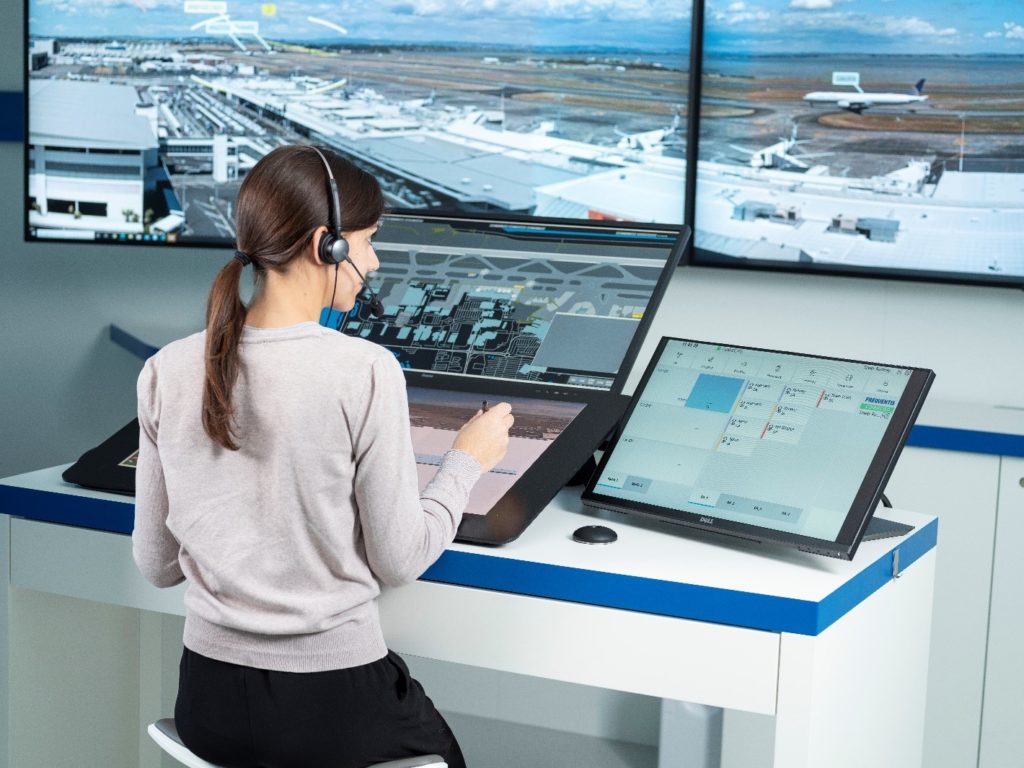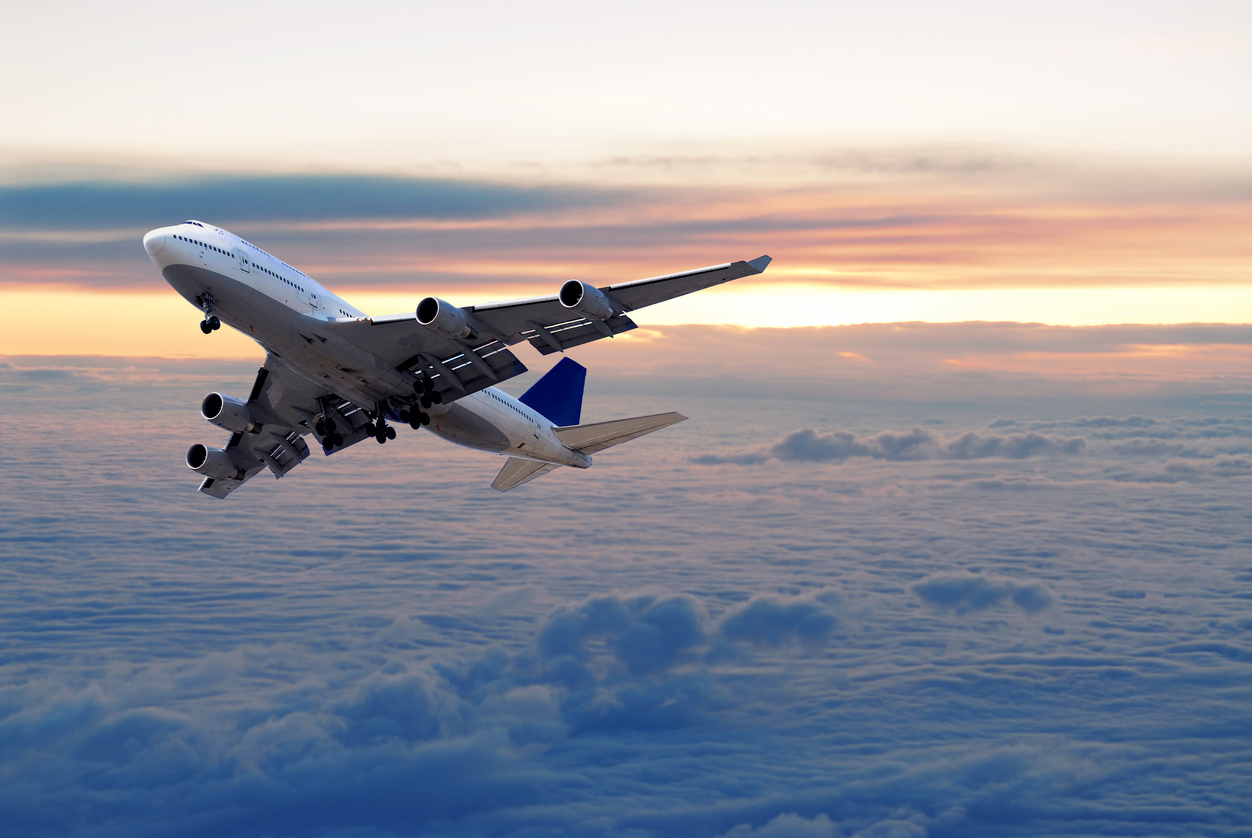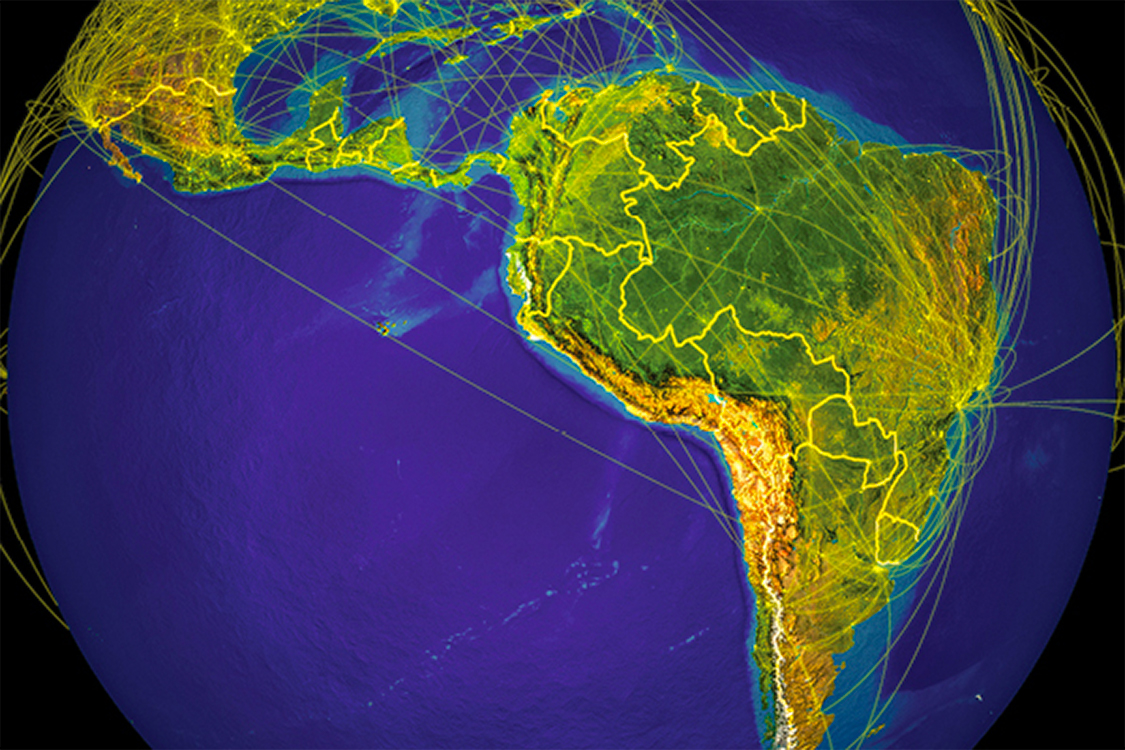Asia Pacific: ATM recovery goes beyond the visual

Martin Chaloupek, Managing Director Frequentis Singapore, draws our attention to the modernisation of the ATM system and explains what is needed for ATM recovery in Asia Pacific.
The Asia-Pacific region was hit first, and exceptionally hard, by the pandemic, with airport revenue losses reported at $47bn in Asia in 2020. Even now the industry is predicting a stop start recovery for the region, as more lockdowns begin in some locations.
But airspace recovery will happen and, when it does, it is important that we look at the concept of operations needed to support the recovery and which technologies could be enablers for air navigation service providers (ANSPs) to successfully restart aviation in Asia Pacific.
At the same time, the Asia Pacific unmanned aerial vehicle (UAV) market is set to rise to $5bn by 2024 so we need to look at their airspace integration with a view to providing ANSPs with additional revenue streams. Both require digitalisation and automation to be successful.
Beyond borders
Before the pandemic, air traffic in Asia-Pacific had been rising and the concern had been how to manage the increasing flight volume with the same workforce. What was notable, however, during the early part of the pandemic was the need for updated business continuity concepts beyond national or regional borders to ensure resilience. We saw various cases where ATC service in a sector was interrupted due to suspected COVID-19 cases affecting a controller and the operational ATC concept not allowing another sector to immediately take-over operations.
But this can be achieved with the virtual centre concept. Using virtualisation, remote digital towers allow ATC services to be provided away from the airport in a bespoke facility. Instead of being bound to one location, they can serve as a permanent back-up facility for ATC, both during times of low traffic and when the regular ATC tower is out of service.
We also see huge benefits for airports in regions with high tourism and air traffic fluctuations, for example during off-peak periods or rainy seasons.
Resource efficiency
It is also important to rethink the way control towers are staffed. When almost all flights were grounded, there was no option to reduce staff numbers in towers, because one controller is required for tower services and another for approach.
With digital towers we can look at adding an integrated tower and approach module, so functions can be combined in times of low traffic volume and separated when traffic increases. ANSPs in remote locations, like rural Indonesia or the Philippines, would gain the flexibility to react to changing traffic demand and reduce costs. Generally, this applies to all regions, where it’s difficult to recruit staff.
Remote digital tower technologies can also help to bring costs down through reducing travelling expenses for controllers and eliminating construction costs for building new, or replacing outdated, concrete towers.
Resilient networks
The only requirement for contingency remote digital tower operations is the availability of a secure and resilient ATM-grade network at the back-up location, able to react to changing network demands and ensure continuous connectivity. And there needs to be a more networked approach to the way ATM systems are connected, enabling safe and secure data exchange, even across national borders.
The aviation industry’s digital transformation and the fast-evolving unmanned aircraft system management (UTM) market are additional drivers for harmonised data to be monetised by new services. This includes unmanned aerial vehicle (UAV) operators paying for airspace usage.
With respective legislation still being implemented on a per country base, ANSPs see a chance to approach new customer segments to generate profit with UTM. On a technical side, this takes an ATM-grade digital platform that allows data analytics and billing tools. On an operational side, entering those new market segments becomes feasible for ANSPs, with the support of suppliers like Frequentis UTM, serving public authorities (like police or municipalities) and drone operators.
What is clear is we need to speed up the adoption of digital solutions and new virtual centre and tower concepts; these are no longer future solutions but key to airspace recovery, including increasing cost-effectiveness for airports.




